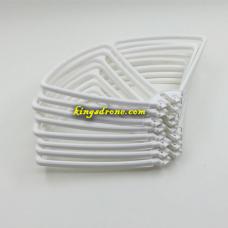

This is when the cruise control vacuum reservoir does its job by stabilizing the vacuum pressure inside the servo. When the engine RPM's increase, the engine vacuum lowers. The cruise control vacuum reservoir contains a negative pressure inside the tank. The servo which controls the throttle linkage needs a constant supply of vacuum to maintain the throttle's position once the system is triggered by the driver. Part 1 of 3: Determining the symptoms of a bad cruise control vacuum reservoirīefore the use of electronic throttle controls and electronically powered cruise controls, most cruise control systems were powered by vacuum pressure. Consult your vehicle service manual as needed. The specific location and steps for removing this component may vary based on the vehicle you own.

The original cruise control vacuum reservoir was commonly made of out sheet metal and rusted out.

This system was very consistent and rarely had any problems except for one: the vacuum tank or cruise control vacuum reservoir was prone to premature wear and tear. Older vehicles manufactured prior to 1996 typically utilized a vacuum-operated cruise control that used vacuum pressure to hold and release the throttle cable.


 0 kommentar(er)
0 kommentar(er)
